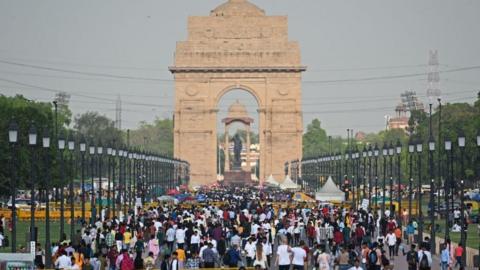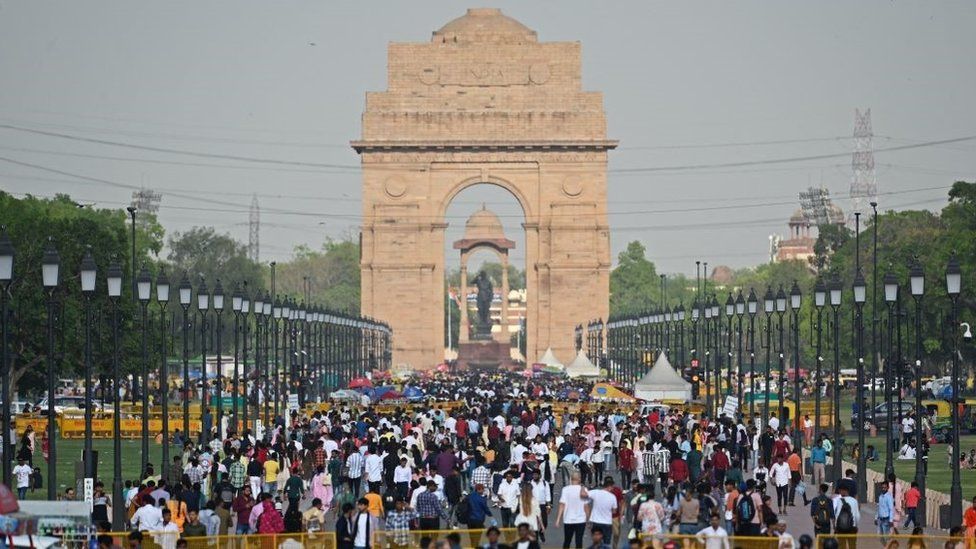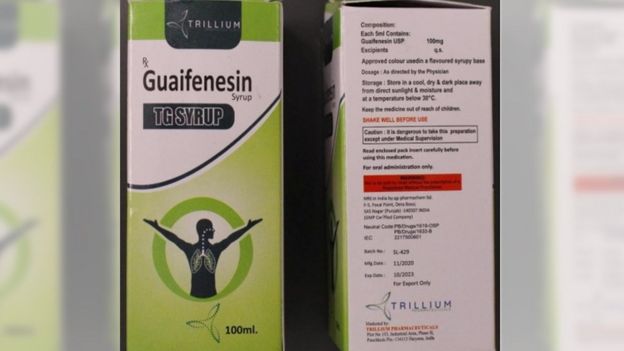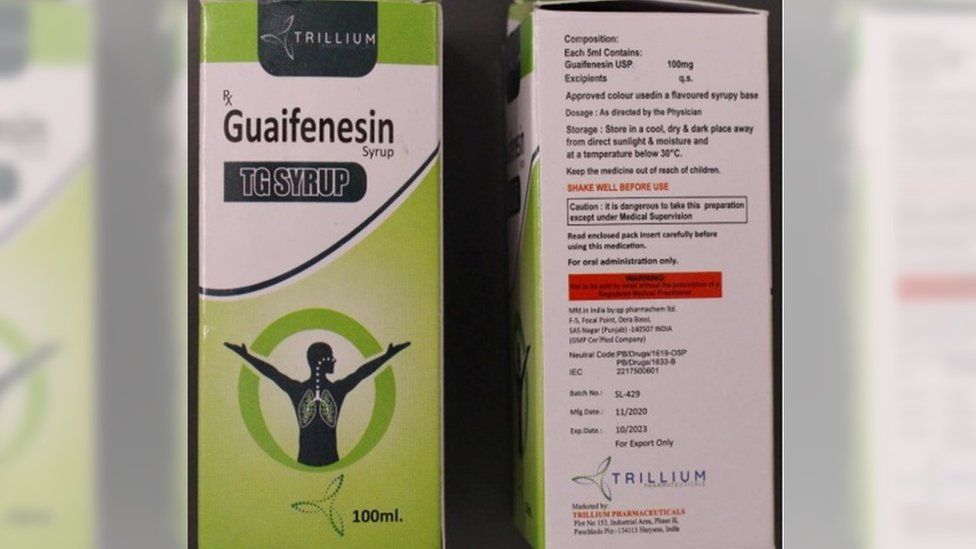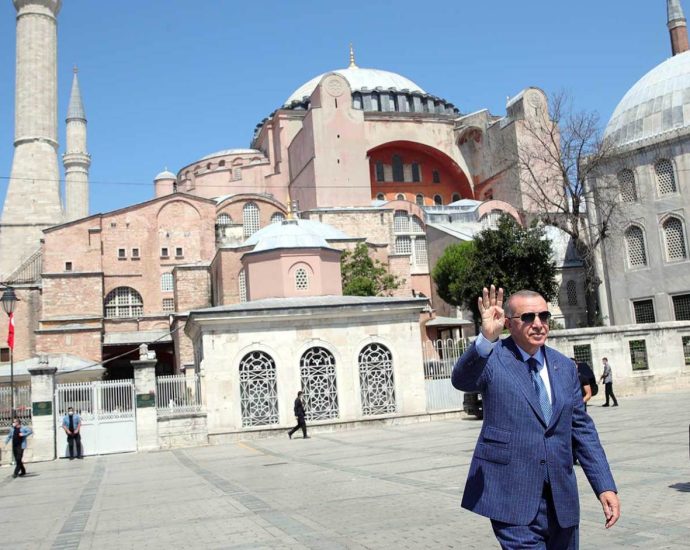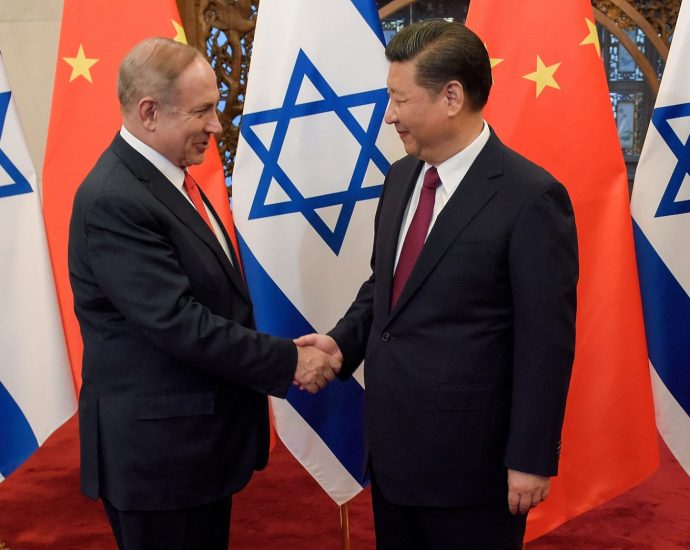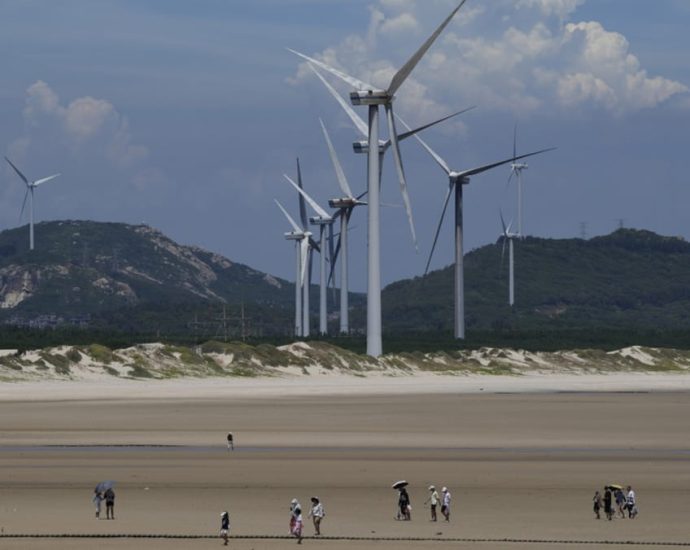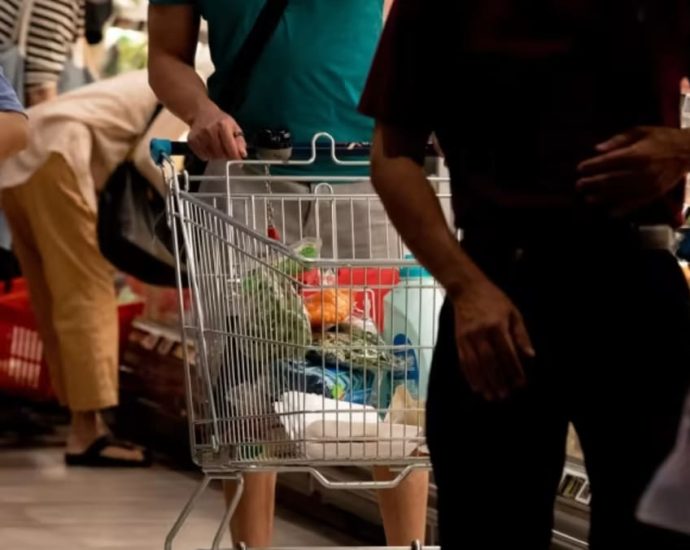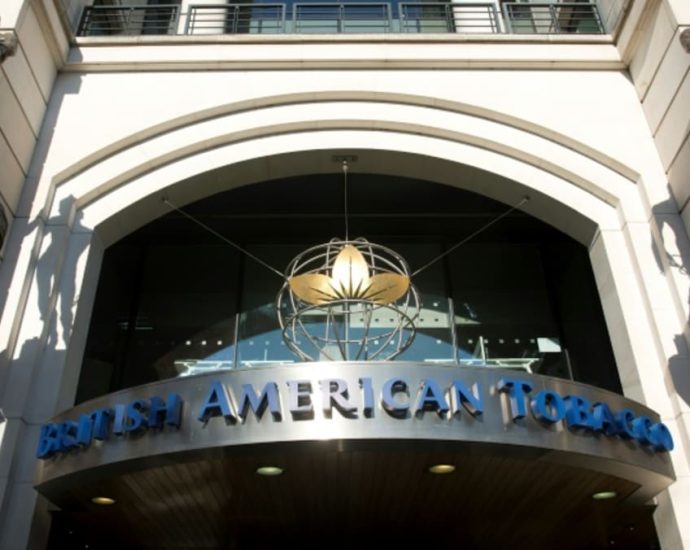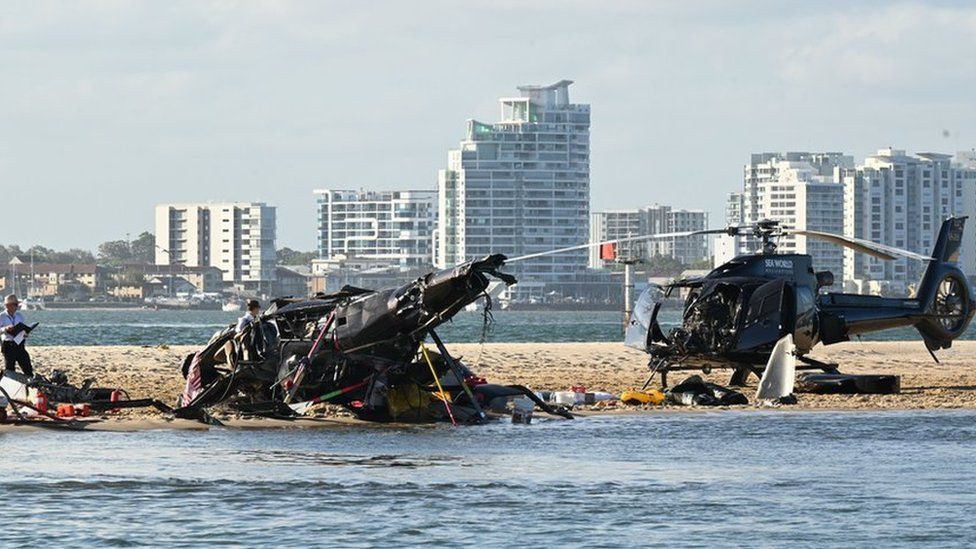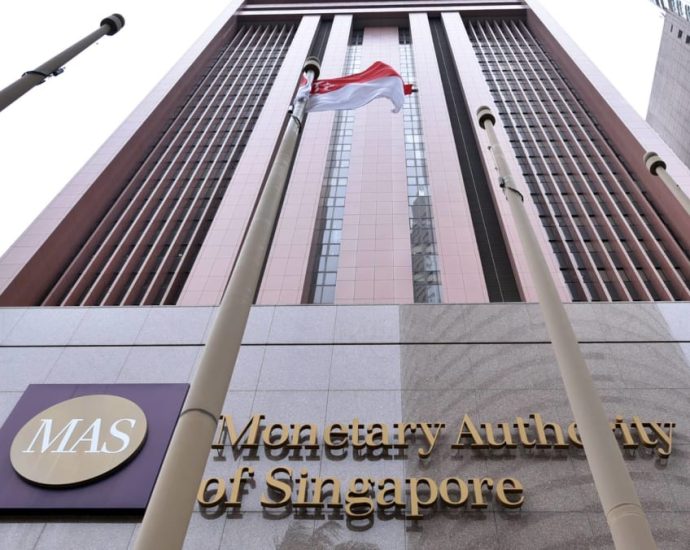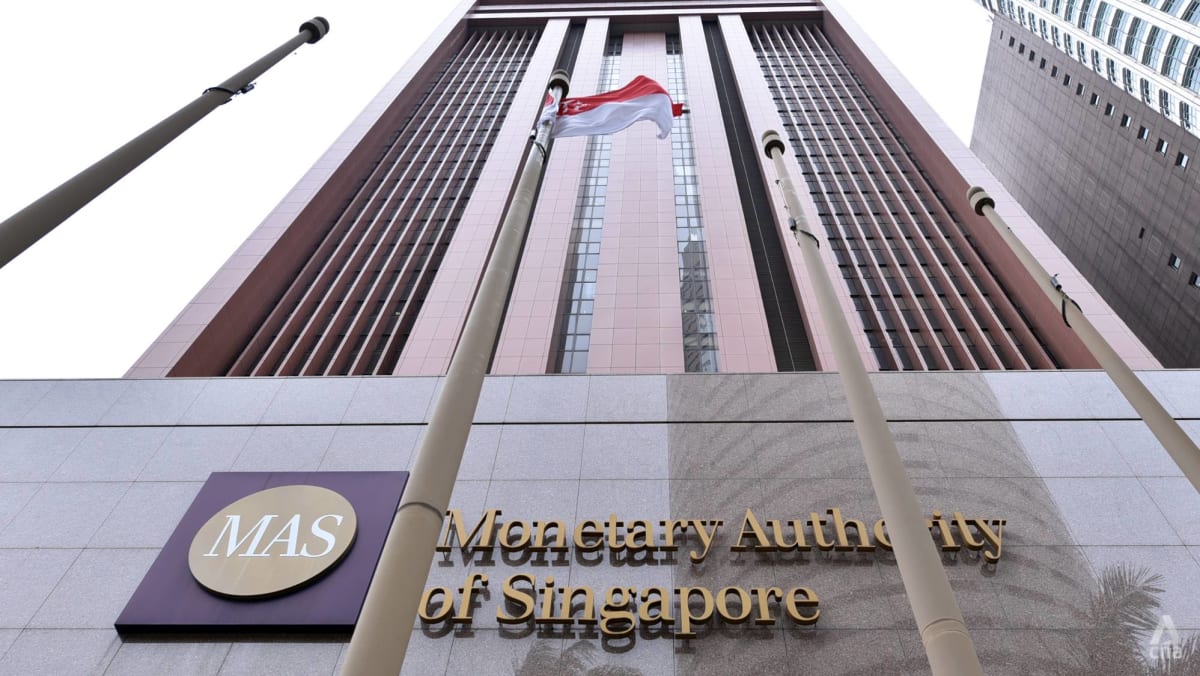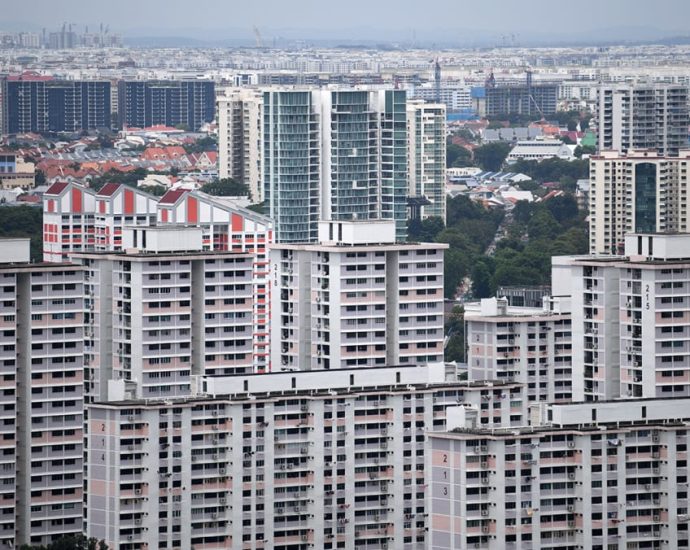Der Spiegel: India anger over ‘racist’ German magazine cartoon on population
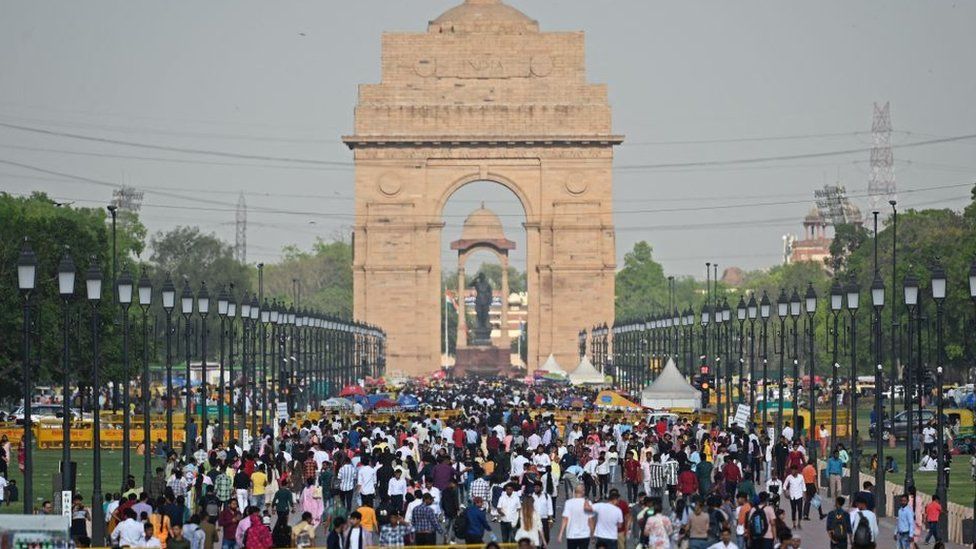 Getty Images
Getty ImagesMany Indians, including a minister, have been criticising a cartoon in German magazine Der Spiegel that they say was racist and in bad taste.
The cartoon shows a dilapidated Indian train – overflowing with passengers both inside and atop coaches – overtaking a swanky Chinese train on a parallel track.
It is being seen as mocking India as the country overtakes China to become the world’s most populous nation.
Der Spiegel is a weekly news magazine.
Many Indians have tweeted, saying that that the magazine was stuck with an outdated idea of India and hadn’t recognised the progress made by the country in recent decades.
Federal minister Rajeev Chandrasekhar tweeted: “Notwithstanding your attempt at mocking India, it’s not smart to bet against India under PM @narendramodi ji. In a few years, India’s economy will be bigger than Germany’s.”
Kanchan Gupta, senior adviser in the ministry of information and broadcasting, tweeted that the cartoon was “outrageously racist”. Another Twitter user said the cartoon showed the magazine’s “elite mindset”.
The magazine has not reacted to the criticism.
While overcrowded trains can still be seen in many parts of India, significant investments have been made to improve the country’s railway network and its trains.
Cartoons published by Western media have caused outrage in the country earlier as well. The New York Times newspaper had apologised in 2014 for a cartoon on India’s Mars Mission following readers’ complaints that it mocked India.
The cartoon showed a farmer with a cow knocking at the door of a room marked Elite Space Club where two men sit reading a newspaper. It was published after India successfully put the Mangalyaan robotic probe into orbit around Mars.
BBC News India is now on YouTube. Click here to subscribe and watch our documentaries, explainers and features.

Read more India stories from the BBC:

-
-
26 February 2015
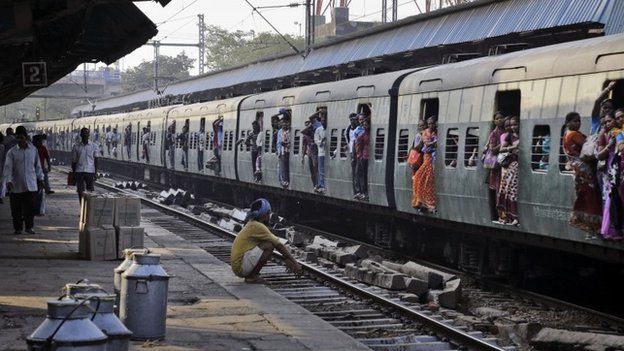
-

